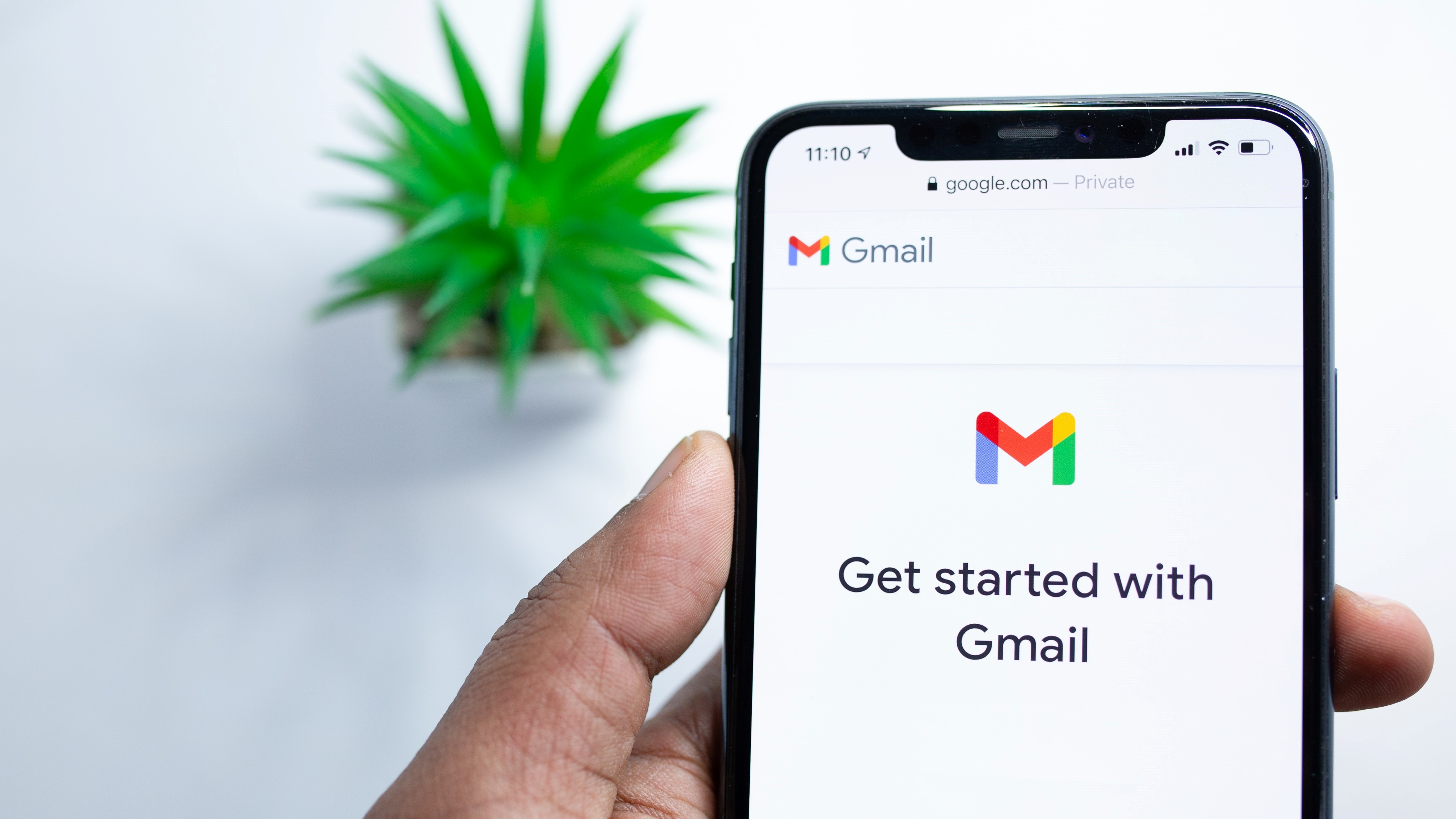
Google appears to be scaling up the ads it shows to Gmail users according to tens of online reports and social media posts.
While ads have played an integral part in the Gmail interface for years helping to drive revenue and ultimately keep the email service free, it has so far been easy to distinguish ad content from legitimate emails.
Now, Google looks to be embedding ads in the middle of users’ inboxes, rendering them a whole lot more difficult to recognize.
Ads in Gmail
As well as ads designed specifically to look like regular emails, many screenshots have uncovered much larger, interactive ads, filled with pictures and other content.
A distinct lack of announcement has so far been evident. The Gmail Twitter account even told one user that ads in the middle of an inbox “doesn’t sound good.”
The changes appear to be rolling out gradually to some users, with many others not yet seeing evidence of the new ad style. Those who have been affected are reporting changes across all Gmail interfaces, including the mobile app and web access.
Gmail users opting to use a different client, such as the Mail app on Apple hardware, or Outlook, will remain unaffected by Gmail’s ads entirely.
A company spokesperson told TechRadar Pro:
“We are always experimenting with ads formats and working on ways to help people discover and connect with new businesses. The Promotions tab shows promotional emails from businesses that people subscribe to, as well as offers and deals from companies people might like. We rolled out instream ads in the Promotions tab last year across mobile and in the past month expanded to desktop as well.”
They also stressed that Google does not sell email data or use users' content (from apps like Gmail, Drive, and Photos) for ad purposes.
Earlier this year, the company made other changes to the way ads work, though this time affecting transparency. Claiming that 30 million users interact with its ad transparency menu each day, Google launched a new Ads Transparency Center that enables users to check things like ads that have previously been run by a company, the regions that received those ads, and other history including previous runs of that same ad.
- Check out the best proxy sites available now







